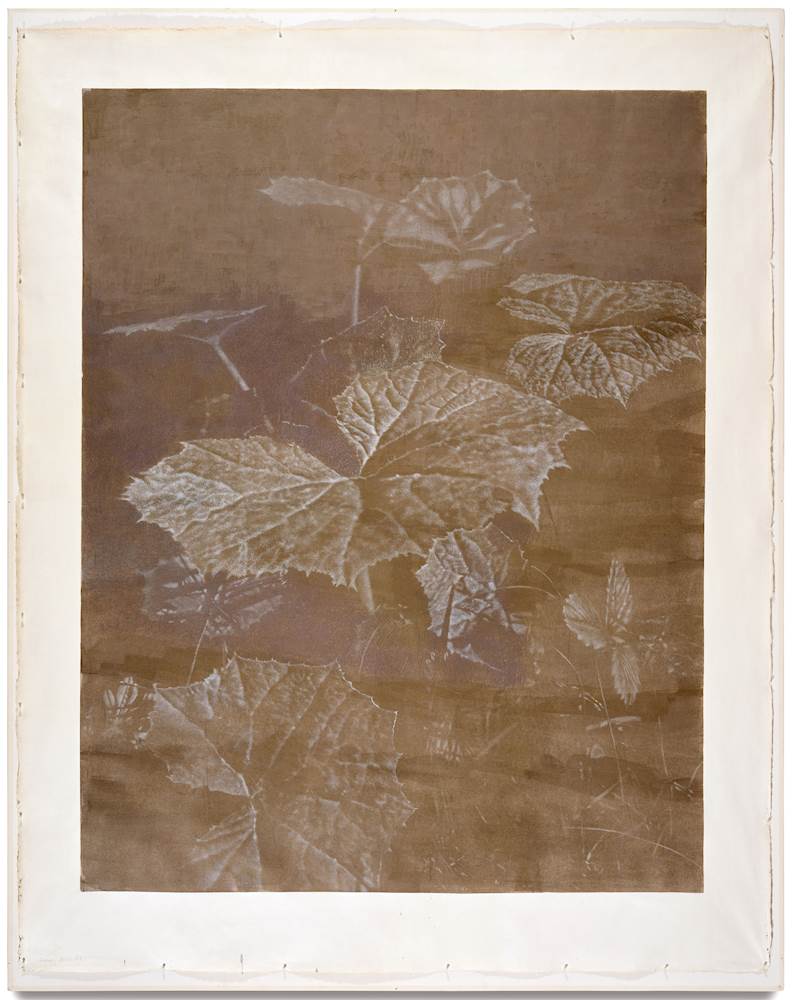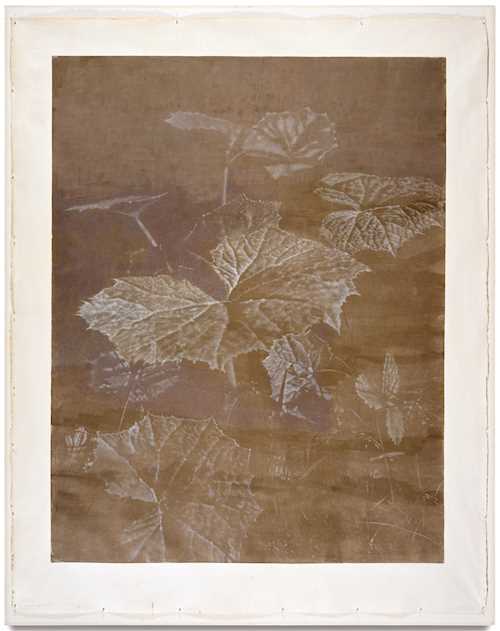
Lot 3463 - A211 PostWar & Contemporary - jeudi, 28. novembre 2024, 16h00
FRANZ GERTSCH
(Mörigen 1930–2022 Riggisberg)
Pestwurz I. 1993/94.
Unique work.
Mineral colours bound in dammar lacquer, tempera, casein, pastel on Japan paper (Kumohadamashi by Heizaburo Iwano).
Mineral colours bound in dammar lacquer, tempera, casein, pastel on Japan paper (Kumohadamashi by Heizaburo Iwano).
Signed lower left: Franz Gertsch.
Sheet size 276 × 217 cm.
Provenance:
- Private collection, acquired directly from the artist in 1994.
Exhibited:
- Baden-Baden 1995, Franz Gertsch. Holzschnitte und Malerei auf Papier, Staatliche Kunsthalle Baden-Baden, 10.12.1994-05.02.1995.
Literature:
- Angelika Affentranger-Kirchrath: Franz Gertsch. Die Magie des Realen, Bern 2004, p. 183.
- Kunstmuseum Bern (ed.): Franz Gertsch. Holzschnitte - Die Kunst liegt in der Natur. Wer sie herausreissen kann, der hat sie.
In both his paintings and his woodcuts, Franz Gertsch devotes himself exclusively to the traditional motifs of portraits and landscapes. The models for his work are most often photographs he has taken around Rüschegg, where he works and lives. When he was studying the Schwarzwasser river in the early 1990s, he also became familiar with the native plant, the butterbur. The striking appearance of the leaves, their surfaces criss-crossed with veins, immediately fascinated the artist. At this time, precisely between 1986 and 1994, Gertsch was working exclusively with the technique of woodcut, which is why the large-format woodcut “Butterbur” was created in 1993, as his first study of this novel plant. Shortly afterwards, Gertsch was drawn again to painting. He stayed with the butterbur as a motif, but after years of perfecting the woodcut, he was looking for a new technical challenge.
Instead of canvas as a support for his paintings, Gertsch chose the Japanese Kumohadamashi paper by Heizaburo Iwano, which he knows well and otherwise uses for his woodcuts. Using a complex technique, he spread various colors over the large-format paper like a glaze. He then applies white pigments to the dark, powdery background in a pointillist manner to bring out the shapes and structures of the leaves.
Tonally, these works can be classified as monochrome woodcuts. The white highlights create a kind of inverse function. Instead of scratching the light points into the wooden panel with a gouge, he applies the white light points to the surface. Although this large-format work combines these two techniques, it is clearly unique and can be understood as Gertsch’s return from woodcut to painting.
Instead of canvas as a support for his paintings, Gertsch chose the Japanese Kumohadamashi paper by Heizaburo Iwano, which he knows well and otherwise uses for his woodcuts. Using a complex technique, he spread various colors over the large-format paper like a glaze. He then applies white pigments to the dark, powdery background in a pointillist manner to bring out the shapes and structures of the leaves.
Tonally, these works can be classified as monochrome woodcuts. The white highlights create a kind of inverse function. Instead of scratching the light points into the wooden panel with a gouge, he applies the white light points to the surface. Although this large-format work combines these two techniques, it is clearly unique and can be understood as Gertsch’s return from woodcut to painting.
CHF 150 000 / 250 000 | (€ 154 640 / 257 730)


